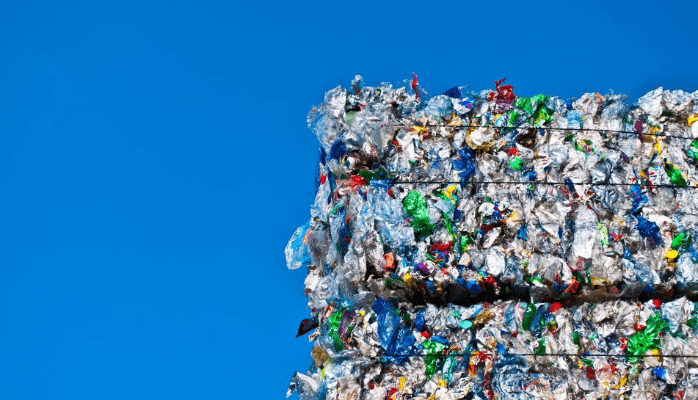Plastics to Fuel
The challenges of converting plastics to fuels has been around for more than a decade. It seems every country is doing it, but none are doing it well. For the past ten years I have been following the P2 Fuel industry watching it grow, following the wins and losses of the many companies involved. I have seen demonstration after demonstration of the next big thing. I have heard the pitch from many touting their capabilities and witnessed as they think they have the solution and then unfortunately unable to reproduce the results. I have seen companies rush to go public for first to market status but not be able to produce a model to commercial scale. So the question is, Is it Cost Effective? The simple answer is yes. The issue has always been feed-stock. There is a market for recycled plastics and for the most part it makes sense to allow the curbside aggregators to collect the municipal plastics and haul them to the nearest transfer station which may be more than an hour away to receive their 25$ per ton. At least that is the way it used to be. In today’s plastics market, those recyclables are costing the haulage companies 15$ per ton just to drop them off. The evaluation of plastic fuel conversion is a relatively simple model. You take the cost of feed-stock, capex overtime and opex vs. the sale price of fuel at the pumps and you will quickly see that the fuel cost is being produced for less than half of at the pumps costs. The revenue increases when you apply re-purposed plastics, that are recovered or free. The main issue has always been the ability to make a road ready, ASTM certified, stable fuel in both diesel and gasoline. Up until now this has been very difficult unless the process company could be guaranteed a consistent blend of plastics for its feed-stock. In fact most of the process groups would demand a sample of the feed-stock in order to test and then tell you what type of fuel you could expect. Most of the time it was a “bunker C” quality or less. This was complicated by having to produce batch process equipment rather than a continuous feed.
Not anymore. Today we can produce clean, crystal clear, ultra low sulfur diesel and premium unleaded gasoline from re-purposed plastics using recyclables numbered 1,2,4,5,6,7. Fuels are produced in a continuous feed. The continuous production rate is 50 Metric tonnes of mixed plastics per day delivering over 13,000 gallons of high quality fuels. This can be accomplished without drilling another oil well, simply reclaiming the waste plastics that continuously plague society. The picture above is from an article sent to me today that highlights the issue of plastics in the ocean. Plastics to Fuels talks about a new technology being developed for this purpose. It identifies the challenges we as a global population have with plastics in the ocean.
The seas are our life line. A quick search for “plastics in the oceans” brings up many disturbing images that can be reversed or stabilized. The ultimate goal of the company is to develop a free floating plastics re-purposing vessel that can be self fueled and powered through the feed-stock recovered in the sea. With over 9 million tons of waste plastic being added to the vast plastic fields of the ocean in 2015 alone it is not only viable it is a requirement. That equals over 2 billion gallons of road ready fuel floating in solid form here in the garbage patch . It is very conceivable to think a fleet of vessels could be deployed to remove our current plastic legacy in our oceans. However, current capacity would require 180,000 machines just to maintain the current level of plastic pollution we find in the sea.
Lets be real, as conversationalists we are always looking to reduce or remove fossil fuels and improve the ecosystems we hold so dear. But in this country and many others, the elimination of fossil fuels is a long ways off and we need transportation. We also need to remove pollution as we know it. I believe we as a society have the technology to do so. I also believe that through re-purposed plastics we have the ability to produce ultra clean fuels at regular prices in a profitable manner. I am happy to tell you that the technology is already here. PEnergy3 is a company tasked with deployment of the technology through regional evaluation.
Unlike technologies of the past, this technology works on a continuous feed that coverts plastics to fuels under vacuum at a rate of 50 Metric tonnes per day per machine. That converts to more than 13,000 gallons of Road Ready ASTM Certified fuels. The equipment is designed around a petroleum based up-grader and delivers crystal clear Unleaded Gasoline and Ultra Low Sulphur diesel. Working with the original design team to implement changes we will be able to improve on the finished product through fuel polishing to increase the net returns. The intent is for Ontario to be an incubator for the North American markets enhancing the technology through partnerships and growth. It is an exciting time as DSB Management And Associates moves forward with this technology with the sole focus of the elimination of plastics in all forms through re-purposing. Check out the first machine off the line and assembly video below. polishing to increase the net returns. The intent is for Ontario to be an incubator for the North American markets enhancing the technology through partnerships and growth.
It is an exciting time as DSB Management And Associates moves forward with this technology with the sole focus of the elimination of plastics in all forms through re-purposing. Check out the first machine off the line and assembly video below.


